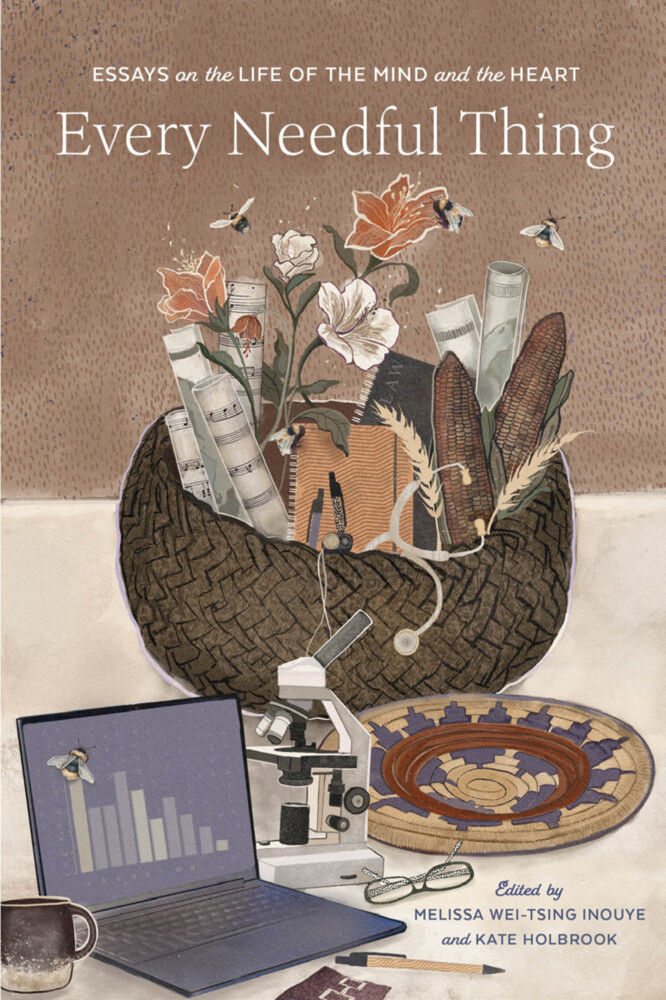
Editor’s note: This article is part of a series highlighting the voices of Black Latter-day Saints in honor of Black History Month. Kimberly Applewhite Teitter, PsyD, is a licensed clinical psychologist, a published author, an adjunct professor, and an entrepreneur in the Salt Lake City area. She is also a wife and a mother to two daughters and is the director of the Debra Bonner Unity Gospel Choir in Utah.
As a Black Latter-day Saint, people both inside and outside of the faith often ask me how I found the gospel. People always seem to be searching for a grand conversion story, so I explain that my parents joined The Church of Jesus Christ of Latter-day Saints when I was young, which seems to satisfy the “convert” narrative enough to draw no further questions. But in reality, there’s more to the story of how we became members of the Church than I often let on.
A few months after I was born, in 1989, my family moved from a two-bedroom apartment in our small town in eastern North Carolina to a house in an even smaller not-even town just outside the city limits. It was a brown home set back from a rocky road in a thickly wooded area—the kind of place you moved to when you wanted peace and quiet, free from solicitation. But somehow, a pair of apparently overeager missionaries still wandered down a long country road and turned into our subdivision, riding their bikes about a mile on yet another road until they made the last turnoff and stopped at the last house camouflaged amongst the trees.
My mom and my oldest brother joined the Church soon after the elders began visiting, but my father took the missionary discussions for a few years after they were baptized. Sometimes my family will tease him about the delay in joining the Church, but I feel gratitude for the faithful young men and women that were a regular part of my home life as a young girl. It was a diligent set of sister missionaries that taught my father until he was baptized in 1992. They celebrated birthdays with us, played with us, and surrounded us with a love that has lasted until the present day. I still remember the family home evening chart they made for us—a poster of a home complete with swinging doors and windows, as well as brown paper doll figures representing each of our family members that you could move about inside the house. I remembered being fascinated with these dolls; because they were made with care by people I loved, they were so beautiful to me! I was amazed at how they colored my mother’s black curls and drew my own pigtail braids.
When I reflect on how I found the gospel, I realize that my family’s experiences informed two important pieces of my testimony: first, that the Lord is knowledgeable of His children and actively seeks to bring them to Him, even if they are on the most unlikely of roads in the remotest of circumstances; and second, that there is room for my brown paper-doll family in His plan.
It is hard for me to adequately describe in words how remarkable it was at that time to be represented so effortlessly in the Church, to be able to see ourselves in the images of gospel principles. As a Primary child, it was rare to see pictures of Black families or Black children in church lessons or videos. At that age, it is often common for Black children to mainly see beauty in Whiteness instead of in their own dark skin. But because of those kind sisters on the Lord’s errand, I could feel the truth of my eternal worth. And since their visits made up the majority of my earliest memories, that sense of worth became firmly rooted in me from a very young age. In fact, besides them, my only other early childhood memory is of my family being sealed in the temple. I consider it to be a great blessing that my earliest years were so defined by my faith.
▶You may also like: Mysterious to known: How hearing the First Vision helped one young woman who was curious about God
One of my favorite scriptures of the Restoration is found in 2 Nephi 4:20–21 and is often called his “psalm”:
My God hath been my support; he hath led me through mine afflictions in the wilderness; and he hath preserved me upon the waters of the great deep.
He hath filled me with his love, even unto the consuming of my flesh.
I, too, testify that my God has been good to me. He has filled me and my family with His love, even unto the consuming of the perception of our flesh, such that my mom didn’t just see two strange White guys knocking on her door all those years ago, and our sister missionaries didn’t feel shame others tried to assign to our dark skin when they showed us how a family could work together. Instead of differences, we saw each other as we were—as God created us—in our beauty and glory and divine potential.
▶You may also like: Why the Savior’s example will always compel me to seek a more inclusive world
Remaining in the body of the Saints has not always been easy for me, as I have sometimes found it hard for people to see me with the same value as the people who taught my family the gospel. Though our beloved prophet has instructed members to eliminate racism and abandon actions of prejudice, the stain of disconnection and misunderstanding inherent in my country’s racial history has often led to hurt and invalidation, especially in the pews on Sunday. I have watched well-meaning Church members say and do painful things that have had a lasting impact on myself and fellow Black Latter-day Saints. It is especially hard to hear justifications for past actions in our Church history that had an impact on my family’s delay in receiving the gospel—justifications based on ideas that we have been told to forget. But I take further comfort in Nephi’s psalm when I read his words:
Yea, why should I give way to temptations, that the evil one have place in my heart to destroy my peace and afflict my soul? Why am I angry because of mine enemy?
Awake, my soul! … Rejoice, O my heart, and give place no more for the enemy of my soul (2 Nephi 4:27–28).
Because the Lord loves His children and seeks for them to return, I know that the things of this world that divide us, such as racism and injustice, are the work of the enemy of my soul. My testimony of the Savior’s redeeming grace gives me the strength to “trust in [the Lord] forever” (verse 34), and know that He will liberally provide the healing that we need to find unity in His name.
▶You may also like: Batchlor Johnson IV: How the path of discipleship brings me confidence and freedom
Every Needful Thing: Essays on the Life of the Mind and Heart
Available in Deseret Book stores and at deseretbook.com.


